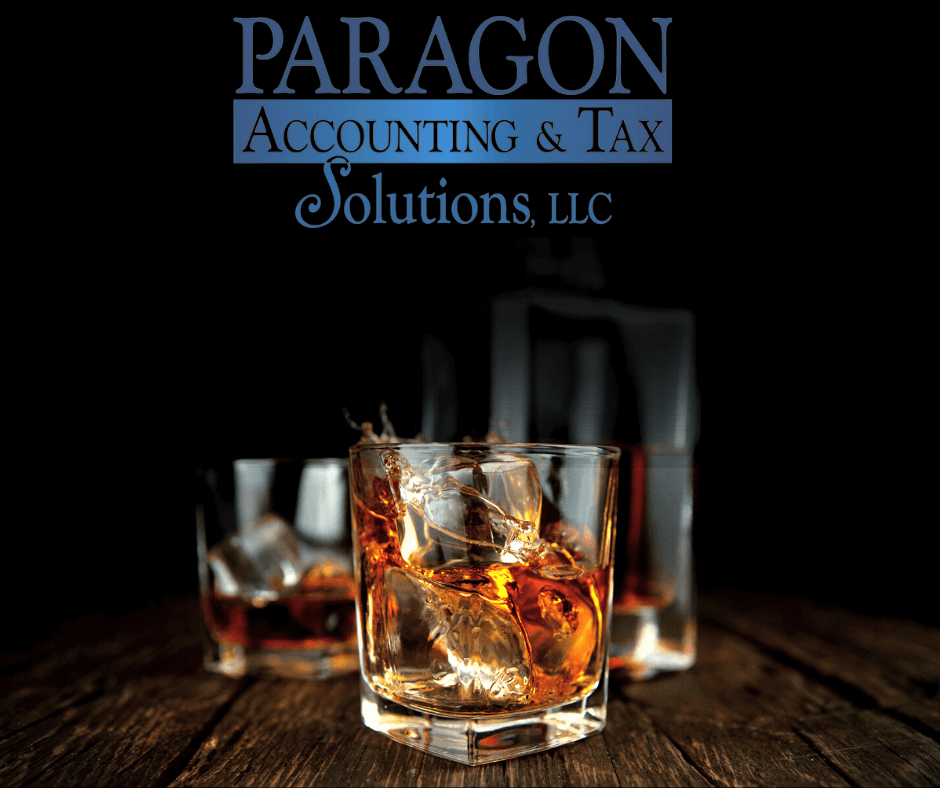The Ol’ Sticky Ricky

The Zen philosopher Basho once said, “A flute without holes is not a flute. And a doughnut without a hole is a Danish.” Even today, Basho’s wisdom serves to remind us that appearances can be deceiving. Things are not always as they seem. And you can’t judge a book by its cover.
Today’s story takes us to the rolling hills of Central Kentucky, a verdant bluegrass paradise. Drive down the country roads surrounding Lexington, Paris, and Versailles, and you’ll see endless miles of white fences, gorgeous Southern-style mansions, and imposing barns. (Seriously, if you spend more on your house than your barn, you’re doing it wrong.) There’s even a local Map to the Stars to point out the most spectacular properties owned by billionaires, movie stars, and sheikhs.
Every so often, though, especially as you get closer to Bardstown, you’ll pass a different kind of barn. These are typically seven-story monstrosities that look more like warehouses, with no horses in sight. They’re called “rickhouses,” and they’re where distillers like Jim Beam, Maker’s Mark, and Pappy Van Winkle raise Kentucky’s second most-famous crop – bourbon. And, of course, there’s a tax angle behind those deceptive-looking “barns.”
Bourbon whiskey starts out as a mash of grains containing at least 51% corn. The mash is boiled and distilled at no higher than 160 proof, then aged for at least two years in new charred oak barrels. That’s where the rickhouses come in – they hold those 53-gallon barrels as the whiskey ages. Beam’s newest facility in Bardstown holds more than 59,000 barrels, or 12 million bottles.
Storing that much hooch in one place poses a different sort of risk than finding your teenage son and his friends raiding your stash. What happens when lightning strikes your roof, storms flood your facility, or a random tornado skips across your property? In 2019, Beam lost 45,000 barrels of young bourbon, worth as much as $160 million, when a rickhouse caught fire and local officials had to let it burn for three days rather than risk contaminating the nearby Kentucky River with runoff.
And so the most modern rickhouses are far more than just barns. They’re sophisticated bourbon incubators with carefully engineered ventilation, sprinkler systems, and constant electronic monitoring. Many of them are divided into the same sort of compartments that made the Titanic unsinkable.
Congress has traditionally been generous to distillers, letting them depreciate rickhouses over seven years rather than the usual twenty for horse barns. That faster depreciation, in turn, frees up cash to build more facilities to supply a thirsty world. It makes perfect sense, really: when lawmakers retire to their smoke-filled rooms to draft the tax laws, what do you think they’re drinking? Not Negronis or mocktails. (As for the bourbon itself, why would you let it sit around long enough to depreciate?)
If there’s any tax hangover, it’s at the state level. Kentucky imposes a barrel tax of five cents per $100 of value on each barrel of bourbon aging each year. It’s essentially a property tax on the whiskey. The Bluegrass State is the only place in the world that taxes aging spirits, and it raises $40 million per year that goes to local school districts and other services. Naturally, distillers would like to see that whole regime poured down the drain.
At the end of the day, horses add $3 billion per year to Kentucky’s economy. Bourbon adds $9 billion. Bourbon wins by way more than a nose. But breeders and distillers both get generous tax breaks to help share their passions with the rest of us, and that makes us all winners!
